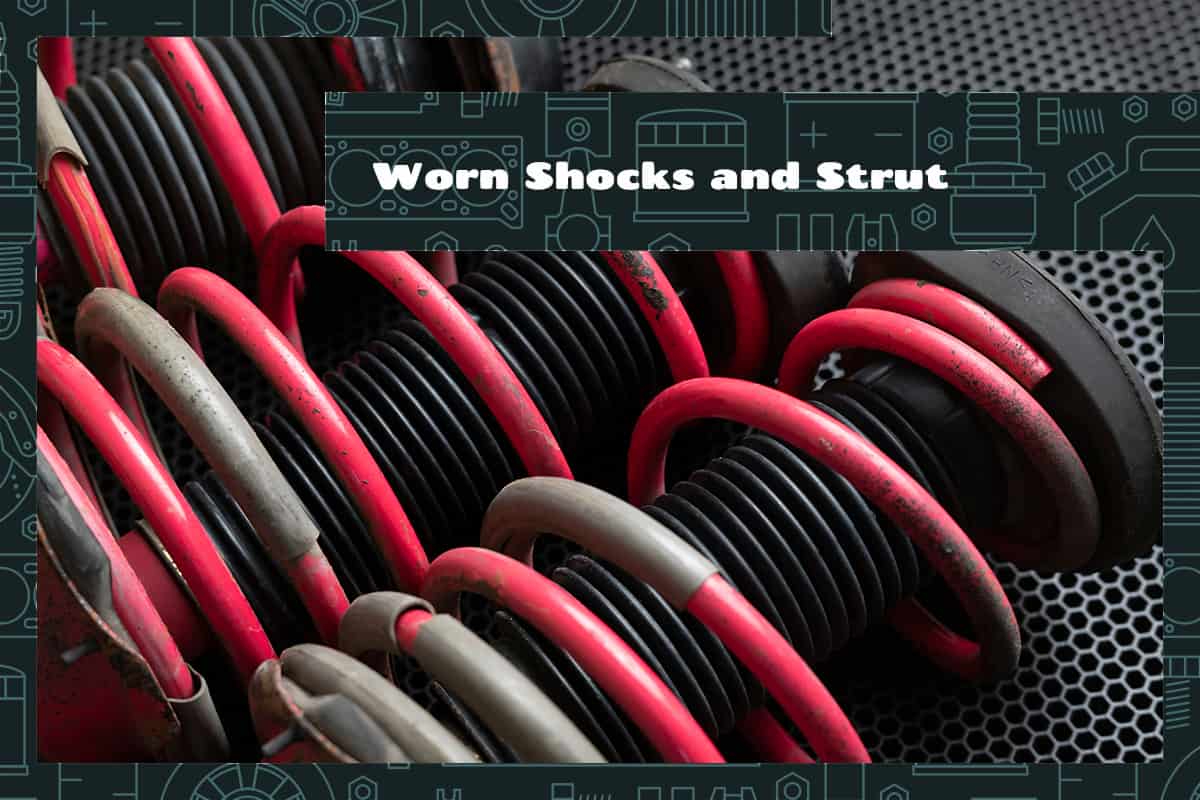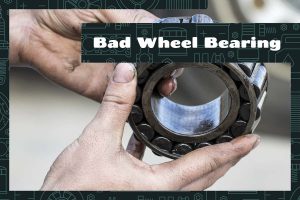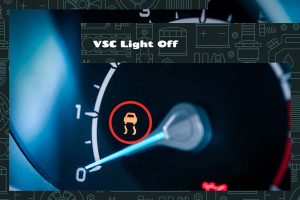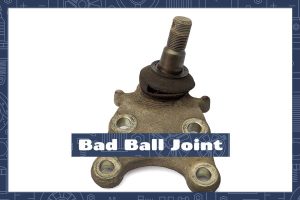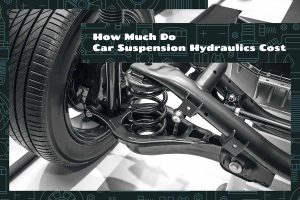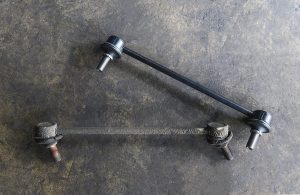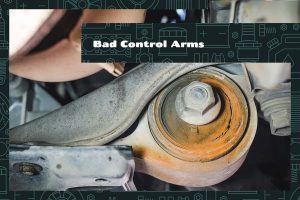Shocks and struts are integral parts of a vehicle’s suspension system, playing a pivotal role in driving safety and comfort. Essentially, they work to balance your car, ensuring it doesn’t bounce off road irregularities.
They ensure your tires maintain proper contact with the road, allowing you to steer correctly. These components wear out, compromising not just the smoothness of your ride over time but, potentially, your safety as well.
The most common symptoms associated with worn shocks and struts include:
- Bouncy or shaky rides
- Uneven tire wear
- Leaking fluid from the strut body
- Noise or knocking when going over bumps
- Swerving or nose-diving on brakes
- Extended brake distance
This article will discuss the signs of worn shocks and struts and how to address the problem.
The Importance of Shocks and Struts
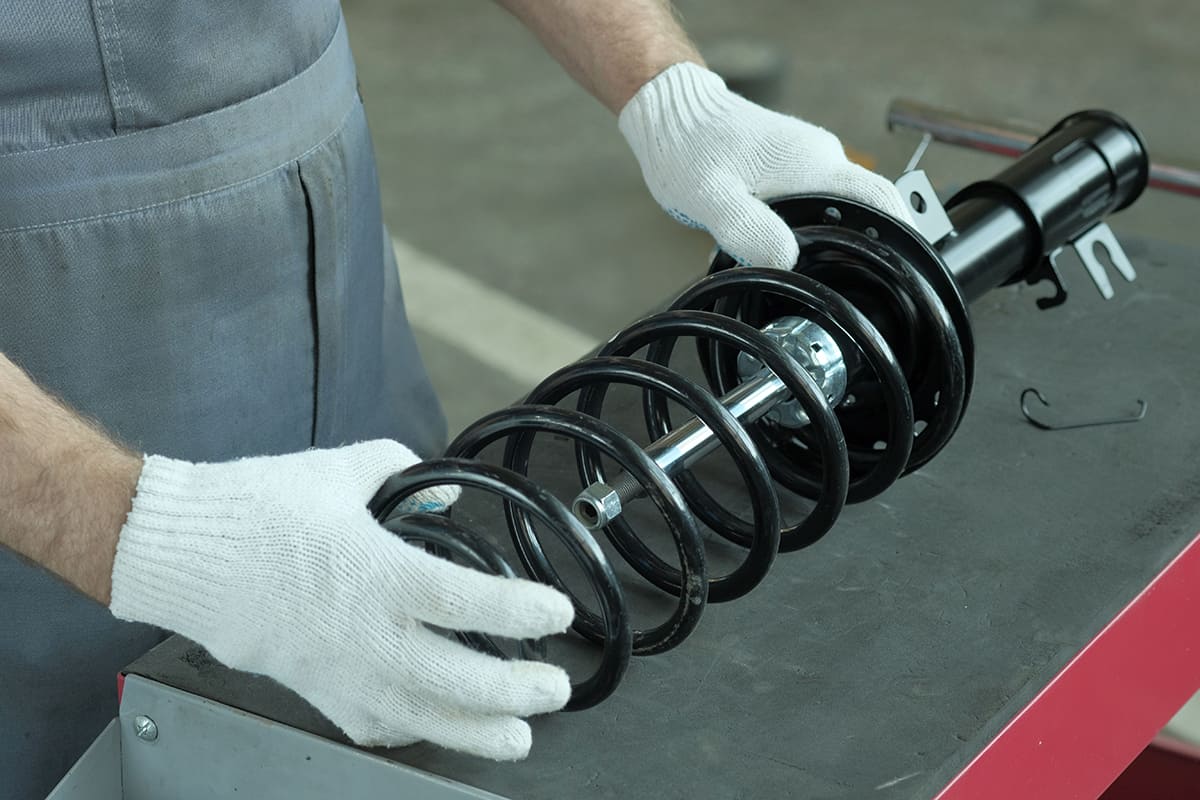
Shocks and struts, key components of your vehicle’s suspension system, perform crucial roles to guarantee a safe, smooth drive. Often, people confuse shocks and struts or use the terms interchangeably.
Although they perform similar functions, shocks and struts are different components. A strut is a structural part of the suspension system that includes the coil spring and shock absorber. On the other hand, a shock is a standalone component that dampens vibrations.
Role in Ensuring Safe and Smooth Vehicle Operation
Shocks and struts absorb the impacts from road irregularities such as bumps and potholes, providing you with a smooth ride. They control the movement of the car’s springs and suspension to prevent the vehicle from bouncing on uneven road surfaces. Additionally, they maintain tire contact with the road surface, enhancing braking effectiveness and reducing brake distance.
Struts provide structural support to your vehicle’s suspension system. They integrate various suspension parts and help in maintaining wheel alignment, thereby supporting precise, controlled steering. Therefore, shocks and struts are integral to safe, comfortable driving experiences.
Impact on Vehicle Performance
When shocks and struts are in good condition, they ensure your tires maintain constant contact with the road. If they’re worn, the tires may bounce and lose contact with the road surface. This can lead to patches of the tire wearing out faster than the rest, known as uneven or cupped tire wear. This type of wear not only reduces tire lifespan but also affects vehicle performance and safety.
Without properly functioning shocks and struts, your car’s overall performance can suffer. A vehicle with worn shocks or struts may have reduced cornering ability, which can make driving, especially at high speeds or on windy roads, risky.
Also, worn shocks and struts can cause your vehicle to dive forward during braking or lean back during acceleration. This is known as brake dive and acceleration squat, respectively. Such instability can impact the handling of your vehicle, potentially leading to dangerous driving conditions.
Signs of Worn Shocks and Struts
This section will elaborate on these signs and explain their implications, empowering you to make informed decisions about your vehicle’s maintenance.
1. Bouncy or Shaky Rides
One of the most noticeable signs of worn shocks or struts is a bouncy or shaky ride. The primary job of shocks and struts is to absorb the shock from road irregularities, smoothing out your ride. When they wear out, their shock-absorbing capacity diminishes, leading to an uncomfortable, bouncy ride.
2. Uneven Tire Wear
Uneven or excessive tire wear, also known as “cupping,” can be a sign of worn shocks or struts. When shocks and struts lose their ability to keep the tires firmly on the road, the tires can bounce up and down as you drive. This causes them to hit the road surface at an angle, leading to uneven wear.
Cupping can be identified by an uneven tread wear pattern, where patches of tread are worn down more than others.
3. Leaking Fluid
Shocks and struts are filled with hydraulic fluid that helps them absorb the bumps on the road. Over time, due to wear and tear or damage, this fluid can leak out. If you notice fluid leaking from your shocks or struts, it’s a strong sign they need replacement.
A small amount of moisture or wetness around the seal is usually fine; it’s when you see dripping or running fluid, or if the shock/strut appears wet and oily you should be concerned.
4. Noise or Knocking When Going Over Bumps
If you hear a knocking, clunking, or rattling noise when driving over bumps or rough roads, it could be a sign of worn shocks or struts. The noise is often caused by the excessive movement of suspension components that shocks or struts usually keep under control.
5. Swerving or Nose Diving on Brakes
Another symptom of worn shocks or struts is a tendency for your vehicle to swerve or nose dive when you apply brakes. In a car with worn shocks or struts, the front end of the vehicle dips dramatically, a phenomenon known as “nose-diving,” when the brakes are applied.
Similarly, “swerving” or “squatting,” where the vehicle lurches sideways or the rear end sinks during acceleration, respectively, can also signal worn shocks or struts.
6. Extended Brake Distance
Finally, worn shocks and struts can extend the braking distance of your vehicle. When your vehicle nose-dives during braking, the rear tires lose contact with the road, leading to a reduction in braking efficiency and an increase in stopping distance.
Replacing Worn Shocks and Struts
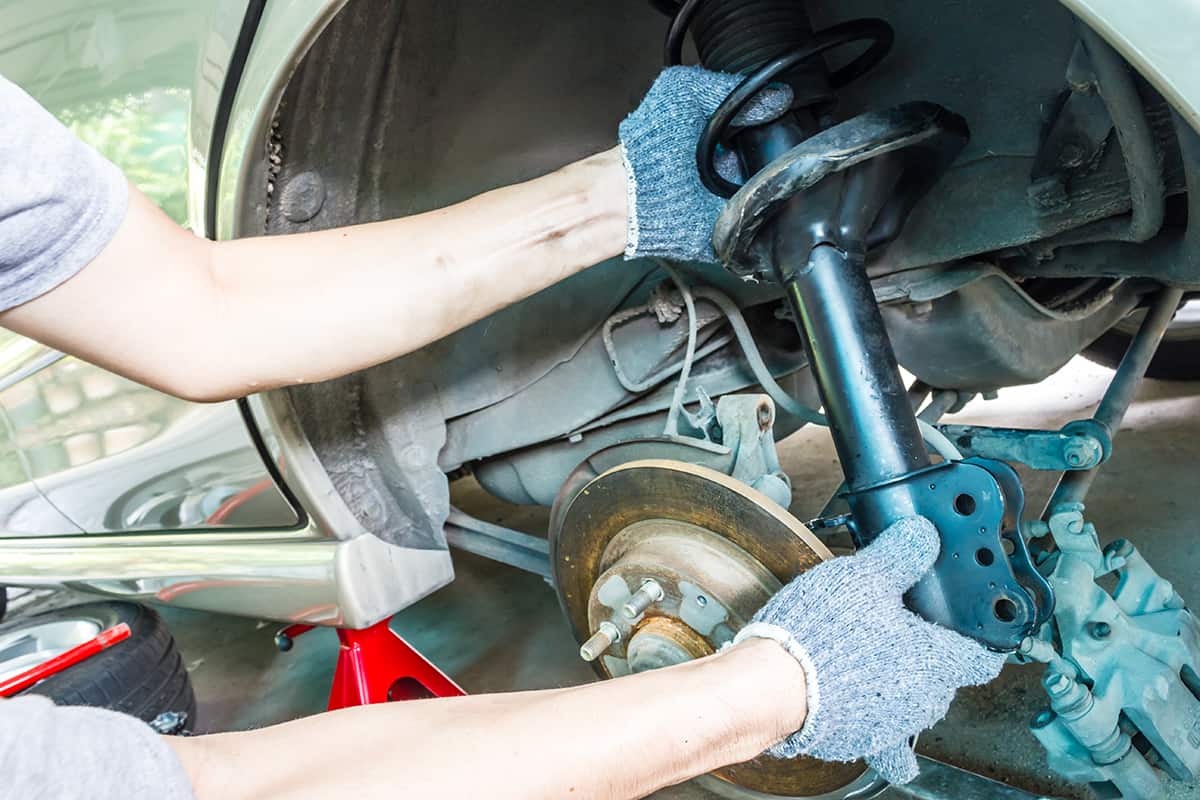
Replacing worn shocks and struts is essential to maintaining your vehicle’s performance, safety, and longevity.
When to Replace Shocks and Struts
A common question is how often shocks and struts should be replaced. As a general rule, many manufacturers recommend replacing shocks and struts every 50,000 to 100,000 miles. However, this can vary based on factors such as driving conditions, driving habits, and vehicle make and model.
Since shocks and struts wear out gradually, it’s not always easy to know when they need replacement. Pay attention to the signs mentioned earlier, like bouncy rides, uneven tire wear, fluid leakage, or noise when going over bumps. If you observe any of these symptoms, it’s a good idea to have your vehicle checked by a professional.
Process of Replacing Shocks and Struts
Shocks and struts are key components of your vehicle’s suspension system, and their replacement should be done correctly to ensure your vehicle’s safety and performance. Typically, this process involves the following steps:
- The vehicle is lifted to allow access to the shocks and struts.
- The old shocks or struts are removed by detaching the mounting bolts.
- The new shocks or struts are installed and secured with mounting bolts.
- Once the new parts are installed, your vehicle’s suspension is checked to ensure everything is functioning correctly.
Given the complexity and importance of this task, it’s usually a good idea to have a professional mechanic replace your shocks and struts. They have the necessary knowledge, experience, and tools to perform the job correctly and safely.
Cost of Replacing Shocks and Struts
The cost of replacing shocks and struts can vary widely based on several factors, including the make and model of your vehicle, the brand of the replacement parts, and labor costs. On average, you can expect to pay as much as $900 for both parts and labor.
Choosing the Right Shocks and Struts
When it’s time to replace your shocks and struts, choosing the right parts is essential. It’s generally recommended to stick with the same brand and type that originally came with your vehicle. These parts were selected by the manufacturer because they provide the best performance for your specific vehicle model.
However, there are situations where you might want to consider different brands or types. For example, if you regularly drive on rough or unpaved roads, you might want to consider heavy-duty shocks or struts. Or, if you’re looking for a smoother ride, premium shocks or struts might be a good option.
